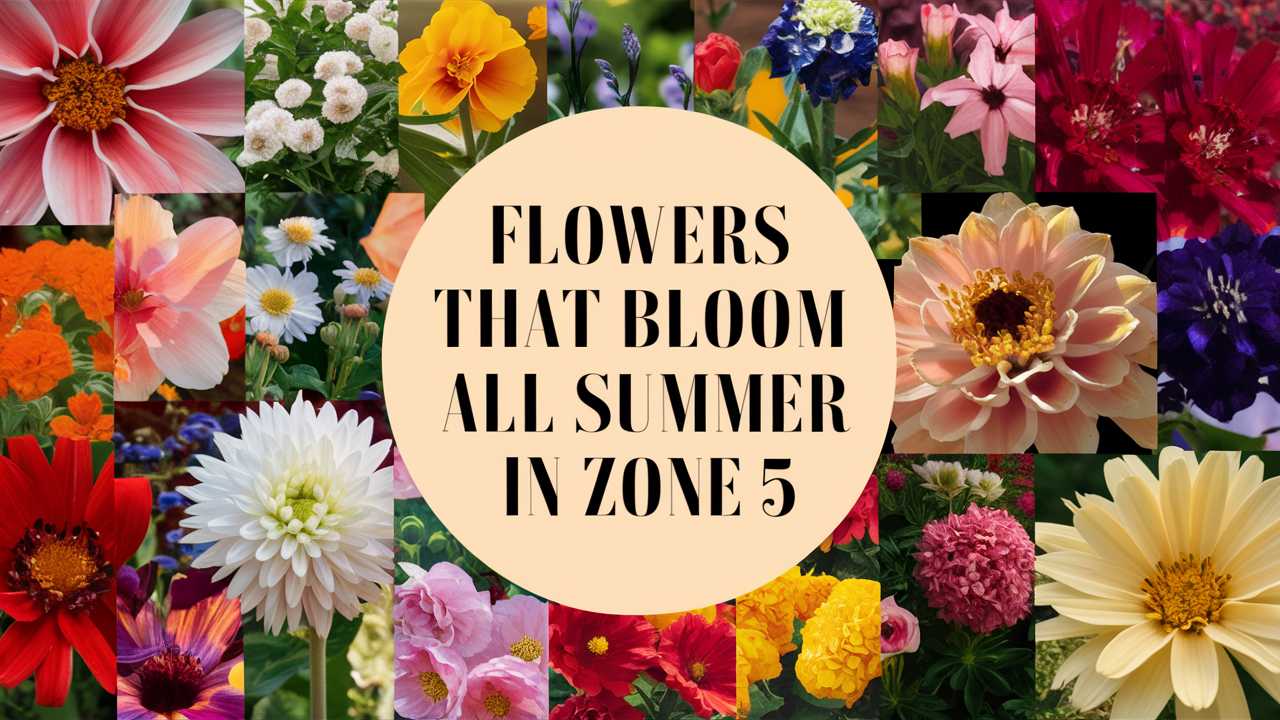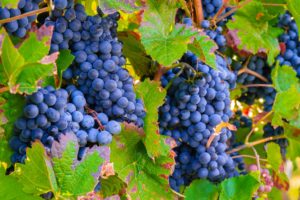If you’re looking to create a stunning garden filled with color, here’s a comprehensive look at some beautiful flowers that bloom all summer long in Zone 5. Let’s explore each of these options and see how they can enhance your garden space.
Black-Eyed Susan (Rudbeckia hirta)
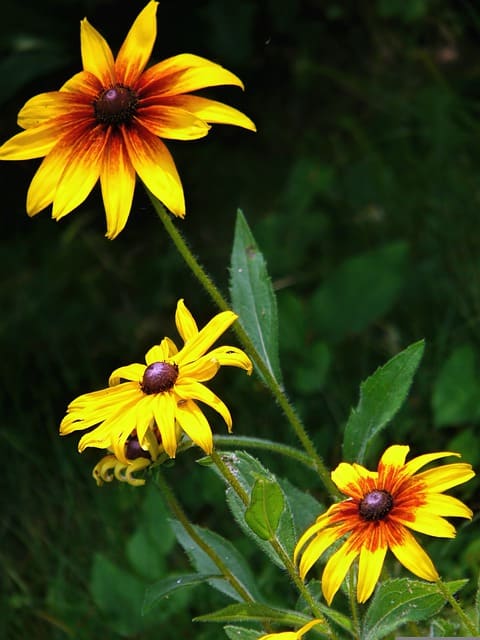
One of the most recognized flowers in American gardens, Black-Eyed Susans bring a burst of sunshine to any landscape. With their iconic golden-yellow petals encircling a dark brown center, these flowers not only attract butterflies but also act as a beacon for pollinators throughout the summer. They thrive in full sun and are incredibly adaptable to various soil types, making them a low-maintenance choice for gardeners.
The blooms typically start appearing in mid-summer and can last until the first frost, providing prolonged visual interest. Not only do they contribute color and joy, but they also require little in terms of water, thus conserving resources. Interspersing Black-Eyed Susans throughout your garden bed can enhance the overall color palette while reducing maintenance efforts.
Coneflower (Echinacea purpurea)
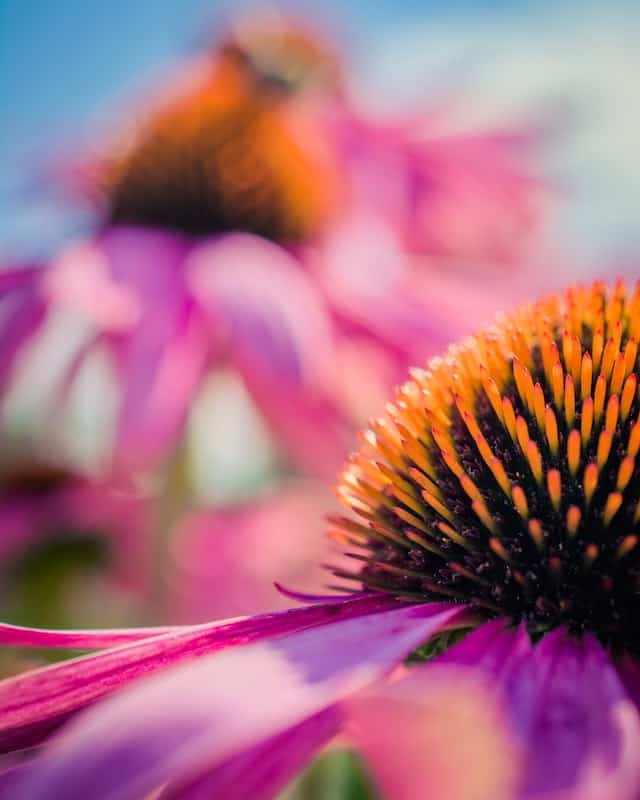
Drought-resistant and easy to cultivate, Coneflowers stand out with their striking purple-pink petals and orange-tipped center cones. These hardy perennials are perfectly suited to the climate of Zone 5, flourishing in dry, sunny conditions. The Coneflower is not only pleasant to the eye but plays an integral role in attracting pollinators, particularly bees and butterflies, making it an essential choice for any pollinator-friendly garden.
The flowers begin to bloom in early summer and continue to thrive well into fall, while their seed heads provide nourishment for birds during the colder months. Their need for minimal maintenance, coupled with their beauty, makes Coneflowers a fantastic addition to any garden catering to both aesthetics and ecology.
Daylily (Hemerocallis spp.)
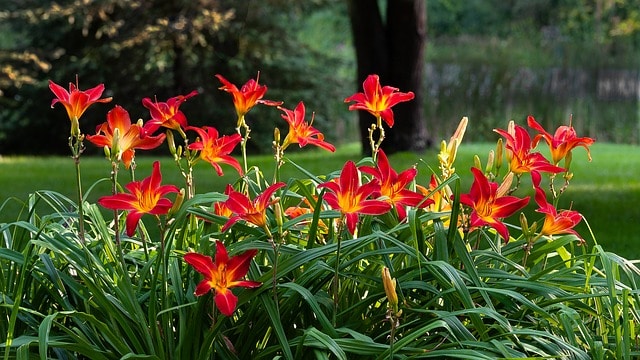
If you are searching for a dependable flower that’s sure to impress, look no further than the Daylily. With a broad range of colors and sizes, Daylilies offer showy flowers that bloom profusely throughout the summer. Each bloom lasts for a single day, but with abundant buds on each stalk, your garden will be in continuous bloom.
Daylilies are particularly forgiving plants that thrive in various soil conditions and require minimal care once established. They can be used effectively in borders, mass plantings, or even as ground cover. Given their resilience and the sheer volume of blooms they produce, Daylilies are a must-have for lasting summer color.
Salvia (Salvia spp.)
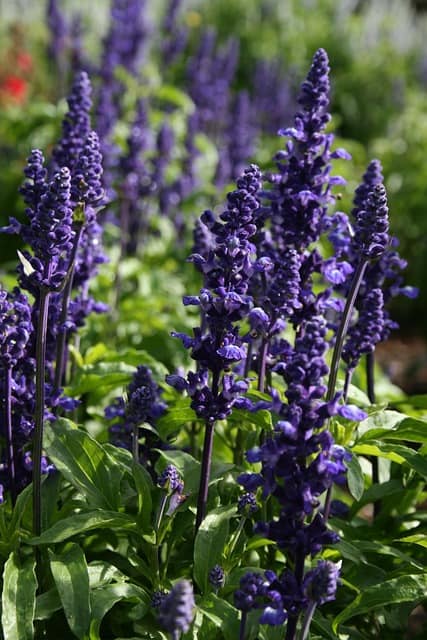
Delicate spikes of vibrantly colored flowers characterize Salvia, making these plants a favorite for attracting hummingbirds and bees. Often seen in shades of blue, purple, or white, Salvias create a lush vertical presence in the garden, adding texture and depth.
Thriving in full sun and tolerating dry conditions, Salvia is superb for water-wise gardens. The charming blooms begin to unfold in mid-summer and can persist until fall, making them a long-lasting addition. With their unique flower structure, they provide not only beauty but also a feast for your garden’s pollinators, enhancing the ecosystem in your backyard.
Peony (Paeonia spp.)
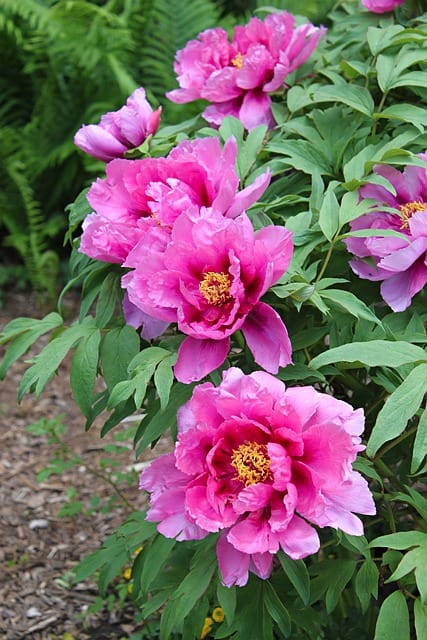
Even though Peonies bloom earlier in the season, they deserve mention thanks to their impressive and fragrant flowers that can last well into the summer if properly cared for. Known for their lush petals and rich hues ranging from soft pink to vibrant red, Peonies are a classic choice for many gardeners.
Planting them alongside other summer-blooming flowers ensures that garden displays remain captivating as Peonies transition to a majestic foliage stage after blooming. They do thrive in well-drained, fertile soil and prefer sunny spots, making them excellent companions alongside other robust summer bloomers.
Bee Balm (Monarda spp.)
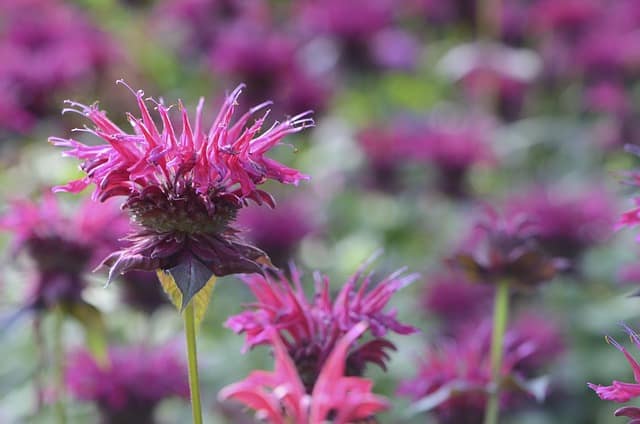
The vibrant clusters of flowers from Bee Balm are garden delights, drawing in not just bees but also butterflies and hummingbirds. Their tubular flower shape is particularly inviting to pollinators, creating a hub of activity in your garden.
Typically thriving in partial to full sun, Bee Balm offers a variety of hues, including red, pink, and purple. Their aromatic foliage adds a sensory element to your garden, and they can even be used in herbal teas. With their adaptability and beautiful blooms, Bee Balm is a fantastic addition that embodies the spirit of summertime.
Coreopsis (Coreopsis spp.)
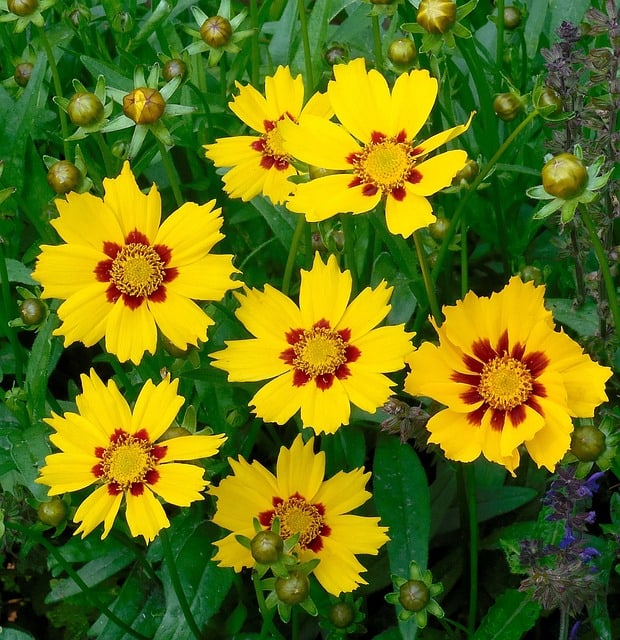
Bright and sun-loving, Coreopsis provides cheerful yellow or pink blooms that effortlessly brighten up any garden. Known for their resilience and low-maintenance nature, these plants are perfect for busy gardeners wanting to add bright splashes of color without demanding excessive attention.
Coreopsis typically begins blooming in early summer and continues through the season, enhancing borders and containers. Their ability to thrive in poor soil conditions makes them special, allowing them to flourish where other plants might struggle. For a lovely accent, try planting them against darker foliage for a stunning contrast.
Russian Sage (Perovskia atriplicifolia)
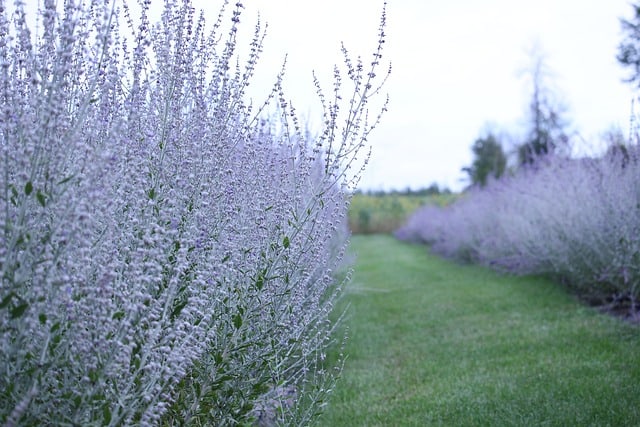
With its silvery foliage and elegant spikes of lavender-blue flowers, Russian Sage brings a touch of refinement to the summer garden. This perennial thrives in sunny locations and well-drained soil, making it perfect for hot, dry summers.
The aromatic leaves not only add beauty but also deter pests, further supporting a healthier garden ecosystem. Russian Sage’s blooms usually emerge mid-summer and provide lasting color throughout the season, serving as an exquisite backdrop to other summer flowers.
Sedum (Sedum spp.)
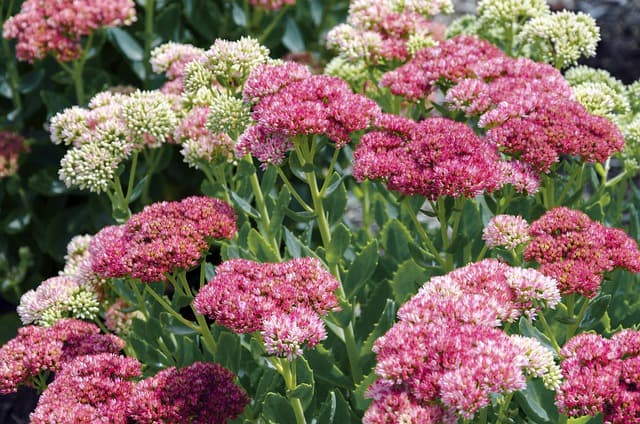
Sedum, commonly known as stonecrop, is known for its succulent-like foliage and colorful flower clusters. These hardy perennials thrive in hot, sunny environments and require minimal water, making them perfect for low-maintenance gardens.
Varieties like Autumn Joy produce stunning red blooms in late summer, attracting pollinators and adding color to your landscape. Being drought-resistant, they are a stellar option for garden beds requiring minimal watering and are perfect for rock gardens or borders.
Catmint (Nepeta spp.)
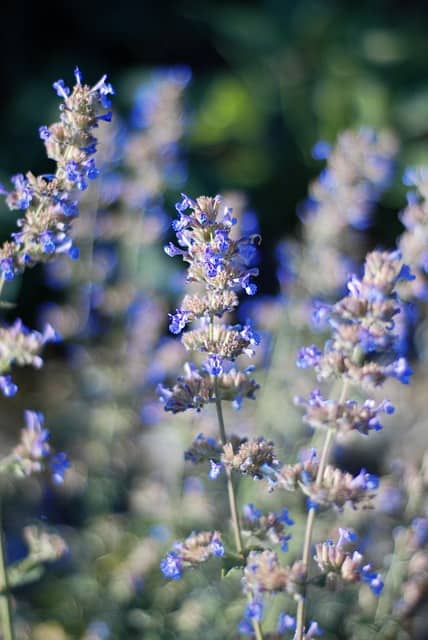
Known for its attractive lavender-blue flowers and delightful fragrance, Catmint is an excellent perennial that flourishes throughout the summer months. This hardy plant thrives in sunny spots and well-drained soil, making it adaptable for various garden styles.
In addition to its beauty, Catmint is a magnet for pollinators, particularly bumblebees and butterflies. With its long-lasting blooms and minimal care requirements, it’s an easy choice for gardeners looking to attract wildlife while also enhancing the aesthetic appeal of their garden.
Balloon Flower (Platycodon grandiflorus)

Balloon Flowers are a unique option amongst garden flowers, known for their distinctive balloon-like buds that unfurl into star-shaped blooms. Available in hues of blue, pink, and white, these flowers stand tall and proud, creating visual interest in the garden.
Often blooming from mid-summer onward, Balloon Flowers thrive in full sun to partial shade and well-drained soil, making them versatile. Their whimsical shape is sure to delight onlookers and add a playful touch to perennial borders.
Astilbe (Astilbe spp.)
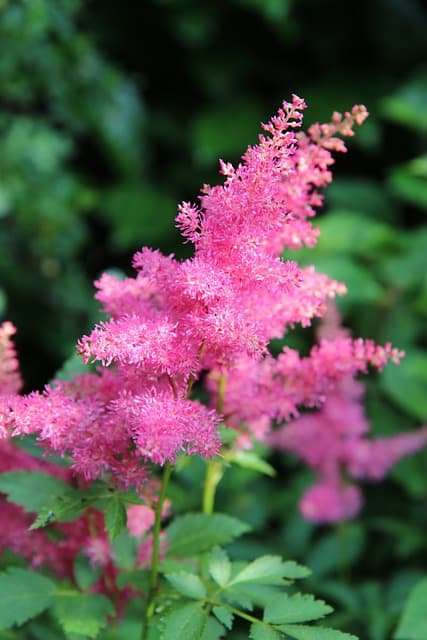
With its feathery plumes of flowers that come in several colors, including pink, white, and red, Astilbe is renowned for its ability to bring elegance to shaded or partially shaded areas of the garden. Unlike many summer bloomers, Astilbe thrives in moist conditions, making it ideal for areas where other plants may struggle.
These lush plants typically start to bloom in early summer, offering a show-stopping display as they contrast beautifully against dark foliage. Varieties like ‘Fancy’ or ‘Fanal’ are particularly resplendent and provide delightful color variations throughout the season.
Bleeding Heart (Dicentra spp.)
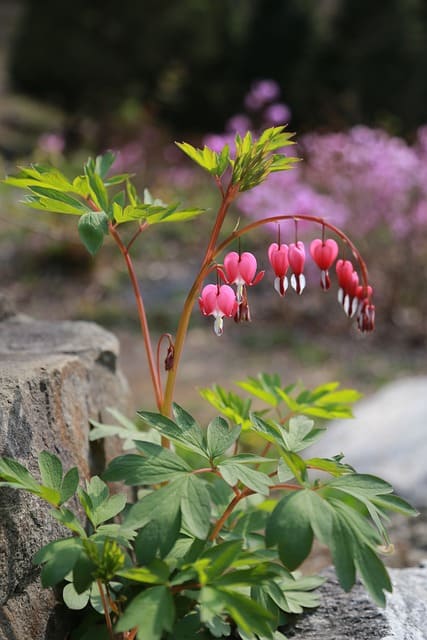
Often associated with Victorian gardens, Bleeding Hearts are enchanting plants featuring heart-shaped flowers that dangle delicately from arching stems. They bloom in shades of pink and white, adding a touch of romance to any garden.
While they typically bloom in late spring, their foliage remains lush throughout the summer, serving as a backdrop for other summer flowers. Preferring shade, Bleeding Hearts are perfect companions for perennial gardens designed for shaded areas.
Coral Bells (Heuchera spp.)
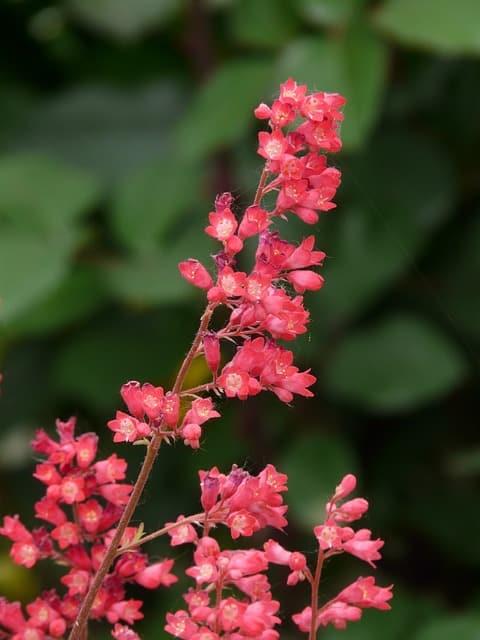
Coral Bells are beloved for their stunning foliage, which comes in a range of colors like burgundy, purple, and lime green. These perennial plants produce delicate flower spikes that attract pollinators, adding both beauty and harmony to shaded areas.
Coral Bells thrive in partial shade and are relatively easy to grow, making them a successful option for gardeners of all skill levels. Their colorful leaves can provide visual interest while the flowers bloom in late spring to early summer, helping transition the garden into the vibrant summer months.
Phlox (Phlox spp.)
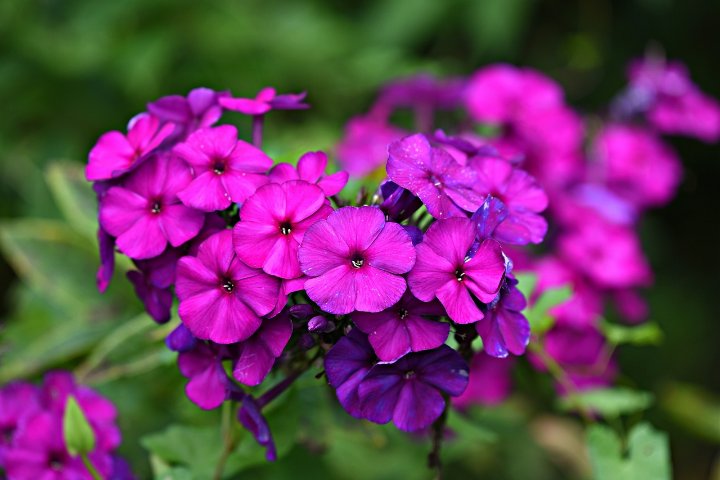
Phlox varieties can fill your summer garden with long-lasting, fragrant blooms in an array of colors including pink, purple, and white. Known for their ability to attract butterflies and hummingbirds, these flowers can surely bring delightful activity to your garden.
They adapt well to various light conditions but prefer full sun to flourish fully. Blooms typically appear in mid- to late-summer, and their fragrance can fill the air, creating a pleasant environment for relaxation and enjoyment.
Hosta (Hosta spp.)
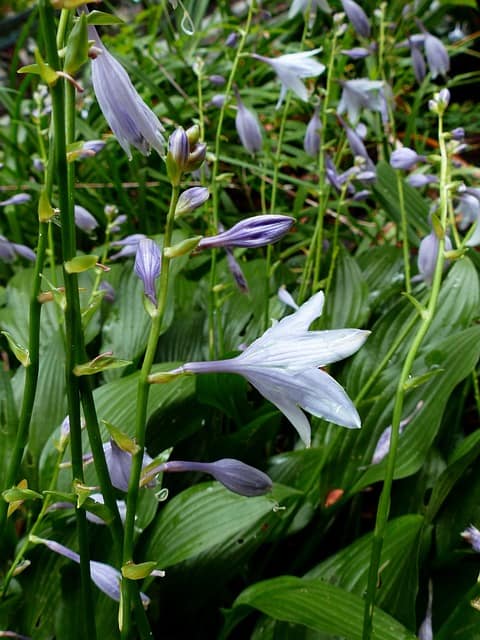
Predominantly regarded for their ornamental foliage, Hostas are perfect for shaded garden beds. They thrive in various colors and textures, thus contributing to visual diversity throughout the growing season.
While Hostas are primarily known for their foliage, they produce delicate spikes of flowers in summer that further entice pollinators. With their minimal care requirements, they are the perfect choice for filling shady spots and enhancing garden aesthetics.
Yarrow (Achillea spp.)
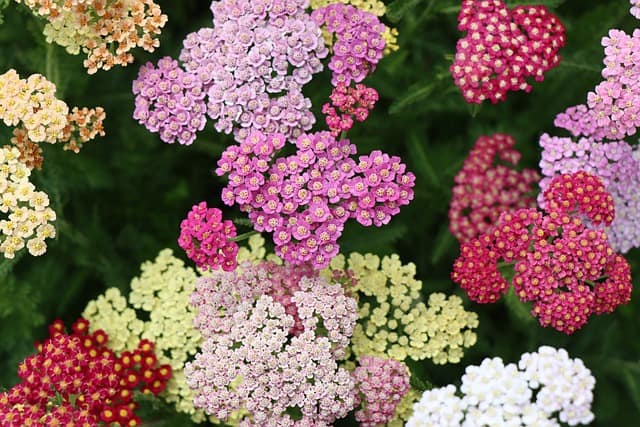
Yarrow stands out with its flat clusters of flowers, commonly found in shades of yellow, pink, and red. These hardy perennials are drought tolerant and incredibly easy to maintain, making them a great fit for gardeners in search of low-effort planting options.
Yarrow blooms from early summer and continues well into the fall. Beyond their beauty, these flowers attract numerous pollinators, promoting a symbiotic relationship in the garden environment. Their resistance to pests and disease only enhances their appeal for practical gardeners.
Columbine (Aquilegia spp.)
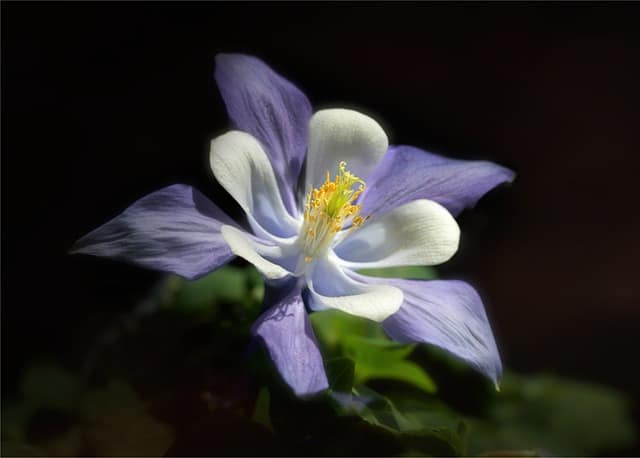
Columbine is cherished for its distinct, spurred flowers available in various colors. From soft pastels to vibrant hues, these unique blooms add charm and whimsy to any summer garden.
Ideal for partial shade, Columbine thrives in well-drained soil and can create captivating vertical interest in your plantings. They typically bloom from late spring to early summer, serving as a lovely transition into the more vigorous summer season.
Iris (Iris spp.)
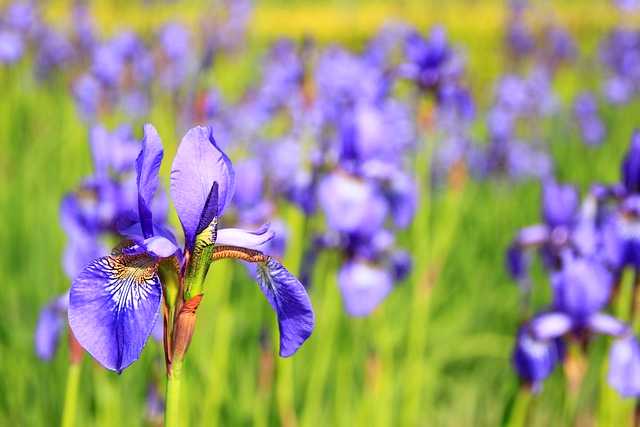
Renowned for their eye-catching hues and elegant form, Irises are a staple in any garden. These perennial beauties bloom in a wide range of colors, from deep purples to soft yellows, each creating a striking visual impact.
They can thrive in various conditions, preferring sunny areas and well-drained soil. Irises typically bloom from late spring to early summer, adding graceful elegance and beauty that can be appreciated throughout the summer months.
Liatris (Liatris spp.)
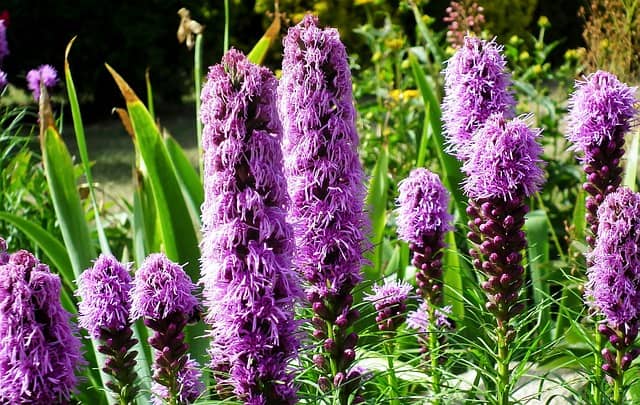
With its tall spikes of fuzzy flowers, Liatris captivates in striking shades of purple and white. Also known as Blazing Star or Gay Feather, it serves as an excellent vertical accent piece in the garden, attracting butterflies and bees.
These resilient perennials thrive in full sun and well-drained soil, making them perfect for prairie-style gardens or naturalized areas. Liatris blooms from mid-summer to early fall, providing ample height and interest while supporting the local ecosystem.
Shasta Daisy (Leucanthemum x superbum)
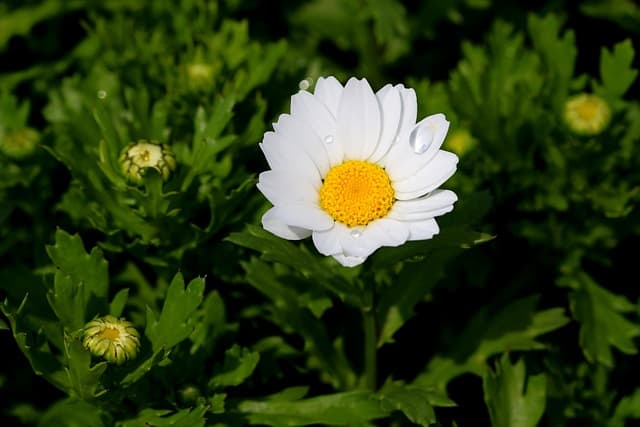
A classic flower known for its cheerful disposition, the Shasta Daisy features iconic white petals surrounding bright yellow centers. This perennial generates a joyful vibe and is sure to bring a touch of nostalgia to your garden.
These daisies flourish in sunny conditions and can endure drought once established. Their long blooming period from early to late summer ensures that your garden remains buoyant with life and color. The Shasta Daisy’s resilience and easy-to-care-for nature make it a favorite among gardeners.
Japanese Anemone (Anemone hupehensis)
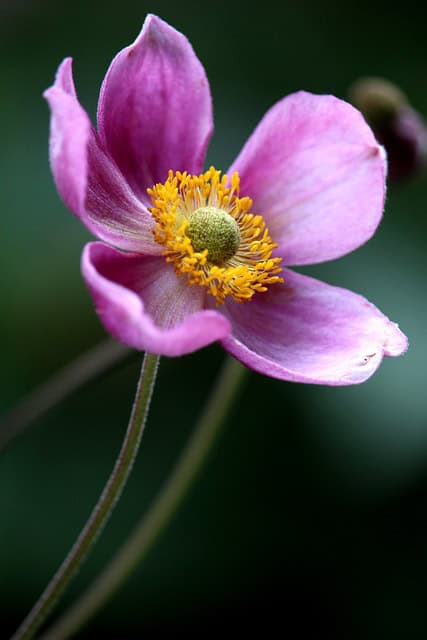
As summer wanes, the Japanese Anemone emerges, gracing gardens with delicate, cup-shaped flowers in shades of pink and white. These late summer bloomers are perfect for filling garden gaps as other flowers fade.
Thriving in partial shade, Japanese Anemones add elegance and charm while requiring little maintenance. Their graceful growth habit and ability to naturalize make them an excellent choice for those seeking a more organic appearance in their gardens.
Helenium (Helenium spp.)
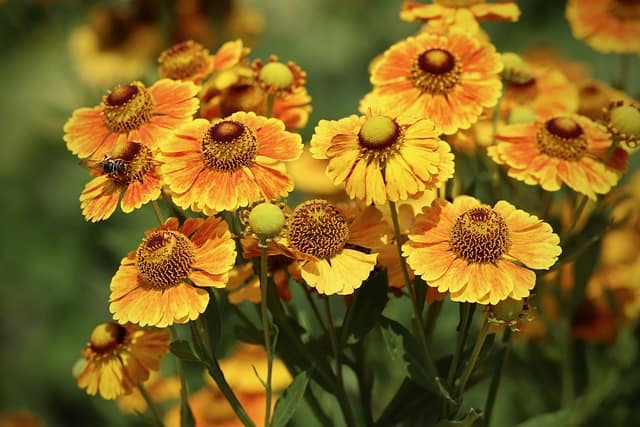
Boasting a collection of vibrant, daisy-like flowers, Helenium, or Sneezeweed, comes in warm hues of orange, red, and yellow. These drought-tolerant plants flourish in full sun, making them perfect for sunny spots that need a color boost.
Blooming from late summer into fall, Helenium provides a crucial late-season nectar source for pollinators, enriching the biodiversity of your garden. Their cheery blooms are a splendid way to welcome the transition from summer to fall, adding warmth to your landscape.
Veronica (Veronica spp.)
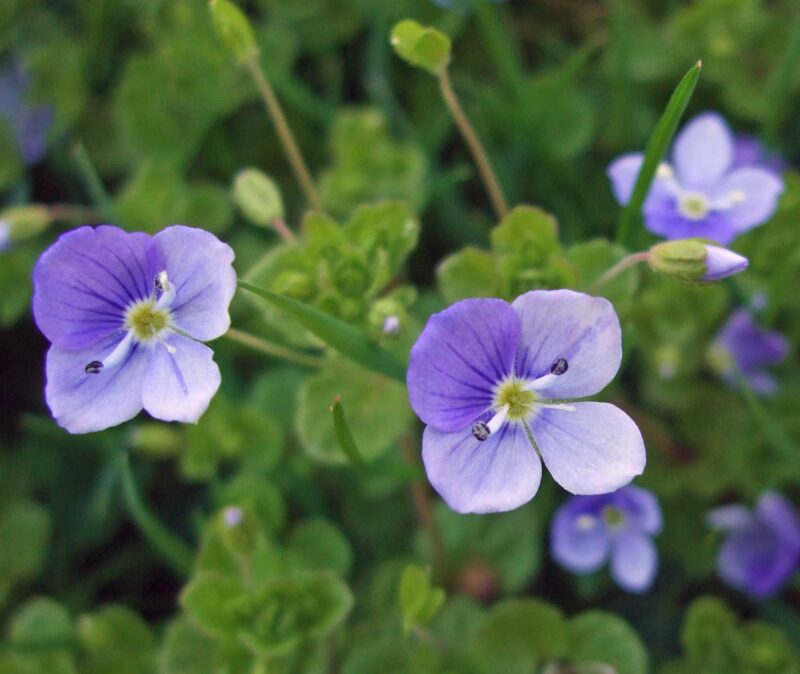
Veronica, also known as Speedwell, features delightful spikes of small flowers in blue, purple, or pink shades. This perennial flourishes in sunny to partially sunny areas and is often used to provide vertical interest among other flowers in bloom.
Blooming throughout the summer, Veronica is loved by pollinators and can serve both ornamental and ecological purposes in your garden. They are easy to grow and maintain, making them an ideal choice for inexperienced gardeners seeking community.
Lupines (Lupinus spp.)
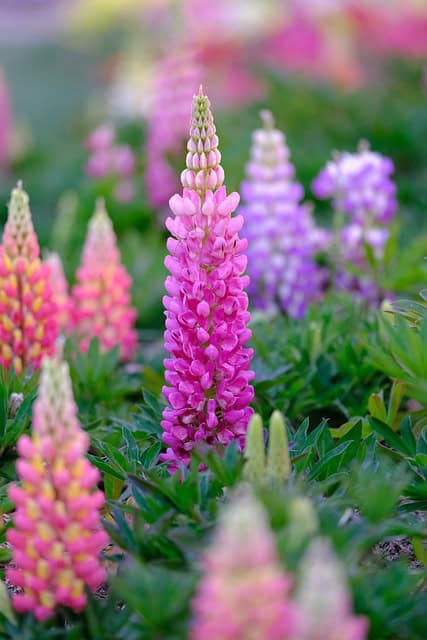
Known for their tall, spiky flowers, Lupines add striking vertical elements to your garden. Typically available in shades of blue, purple, and pink, these vibrant plants belong to the pea family and make excellent conversation starters.
They thrive best in well-drained soil and should be planted in sunny areas for optimal growth. With their show-stopping blooms emerging in late spring through summer, Lupines are not only eye-catching but also help support the local pollinator population.


